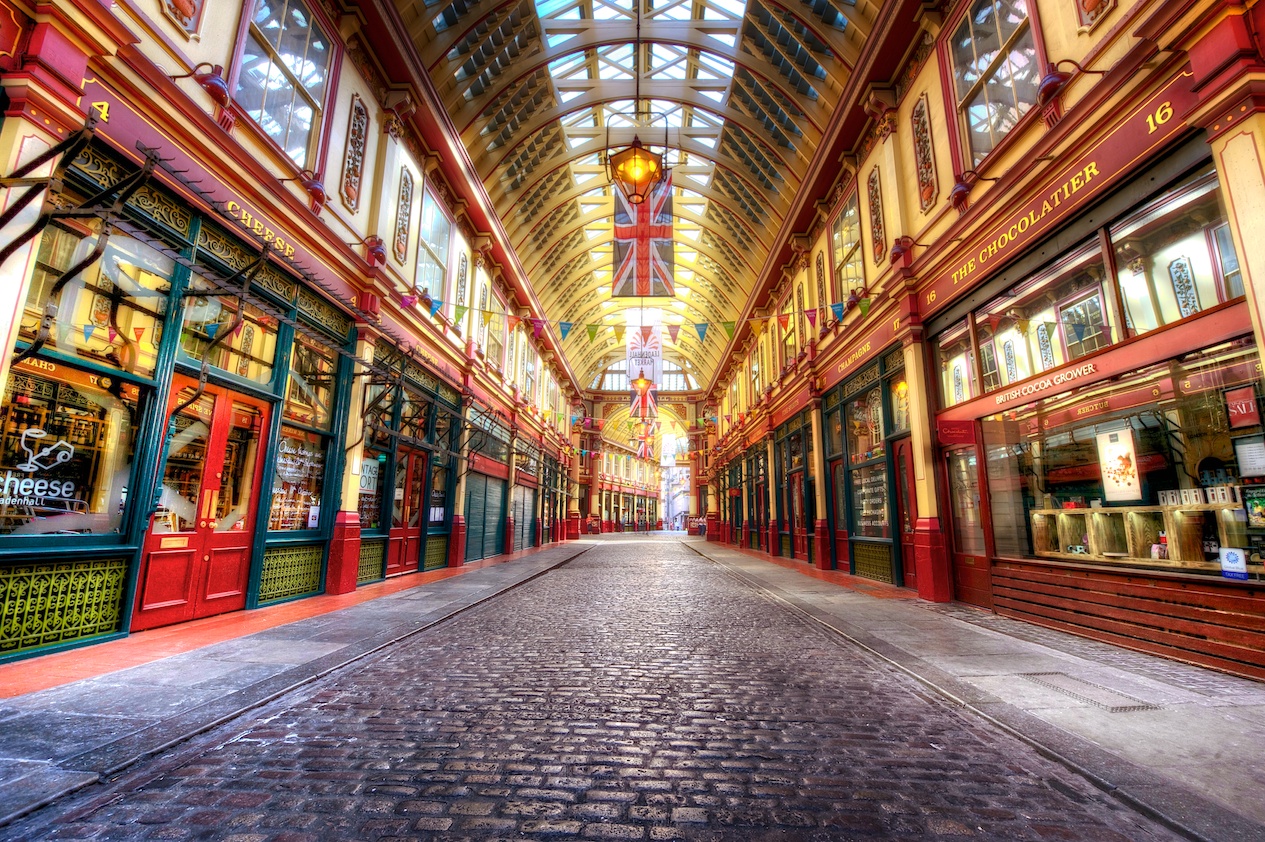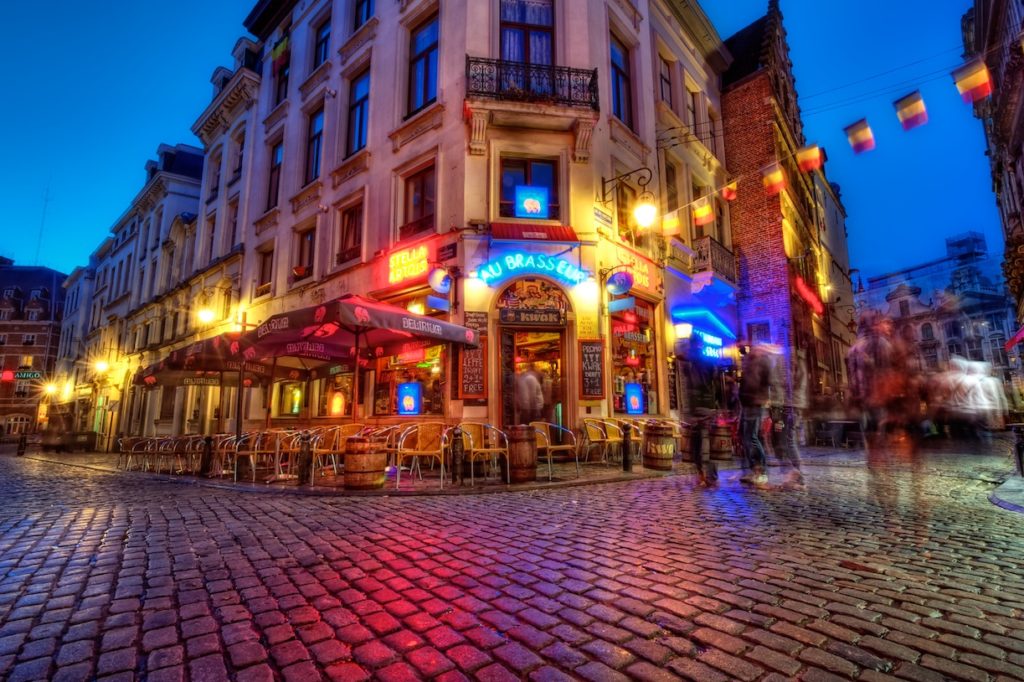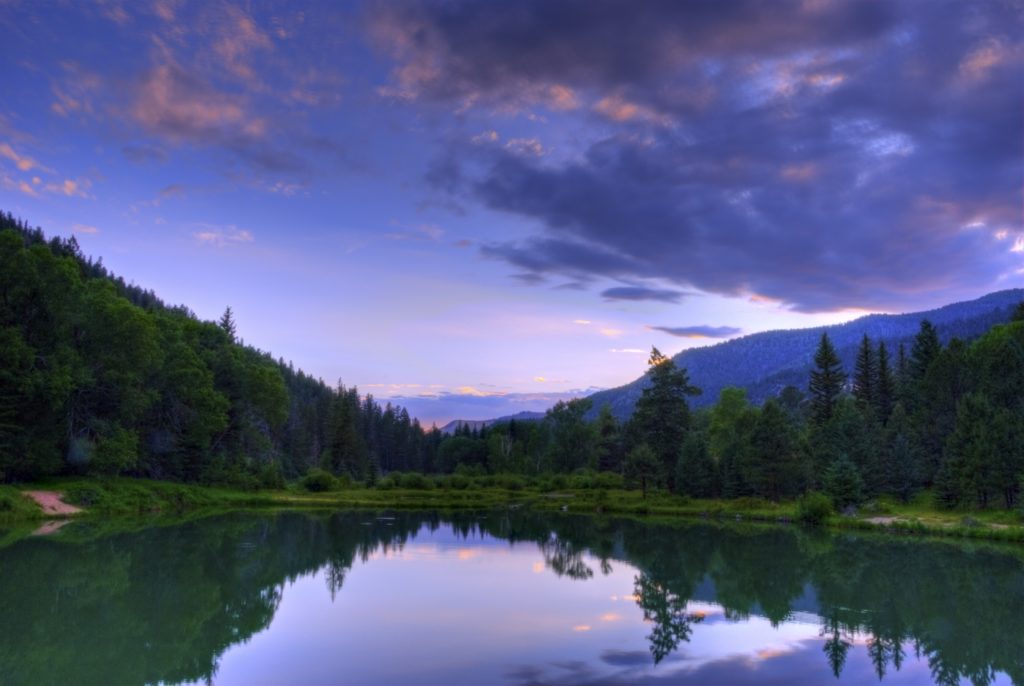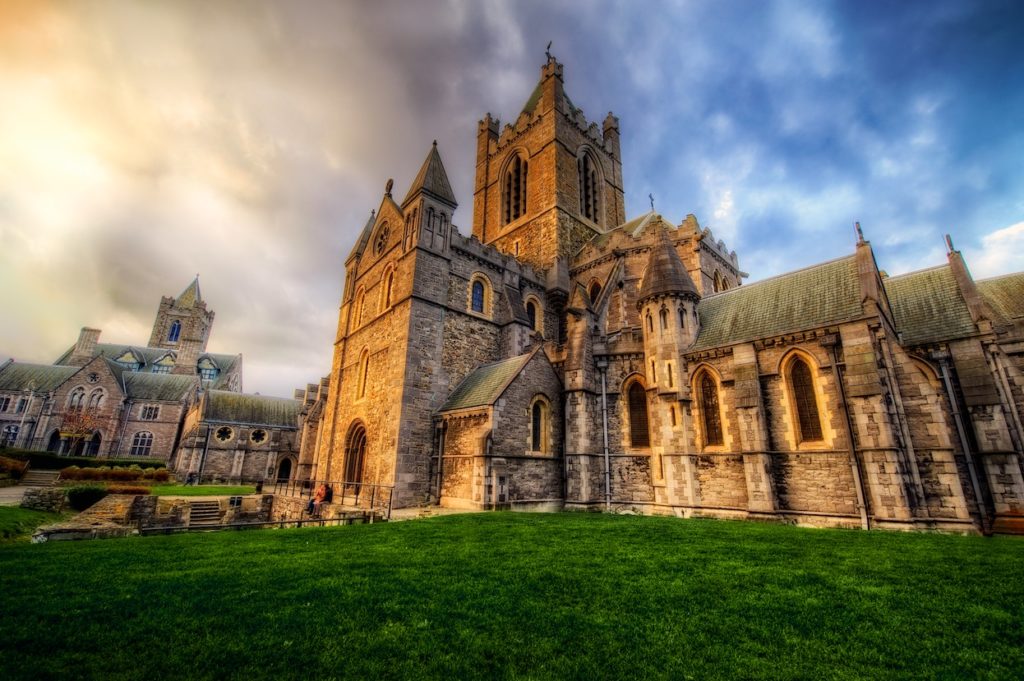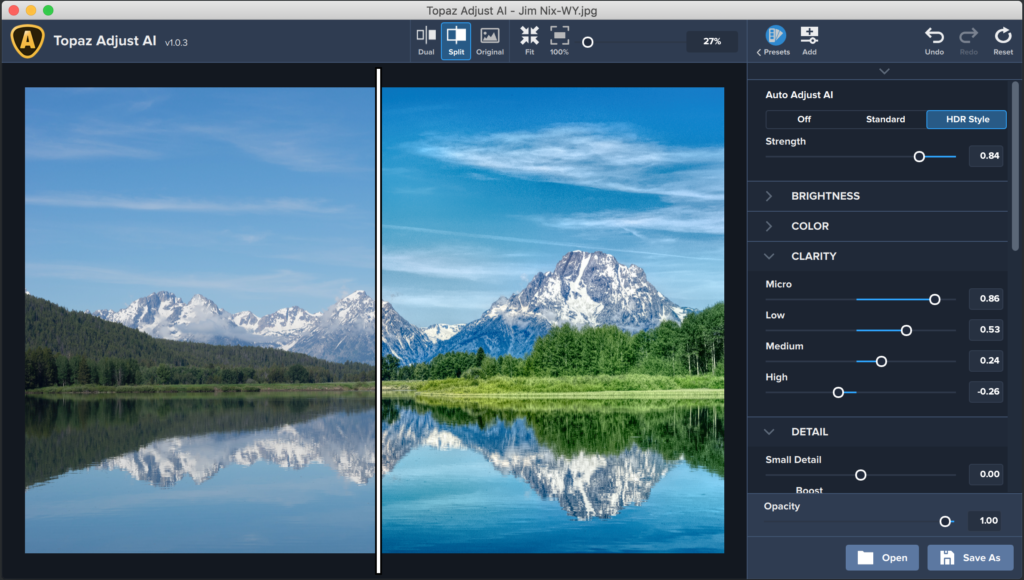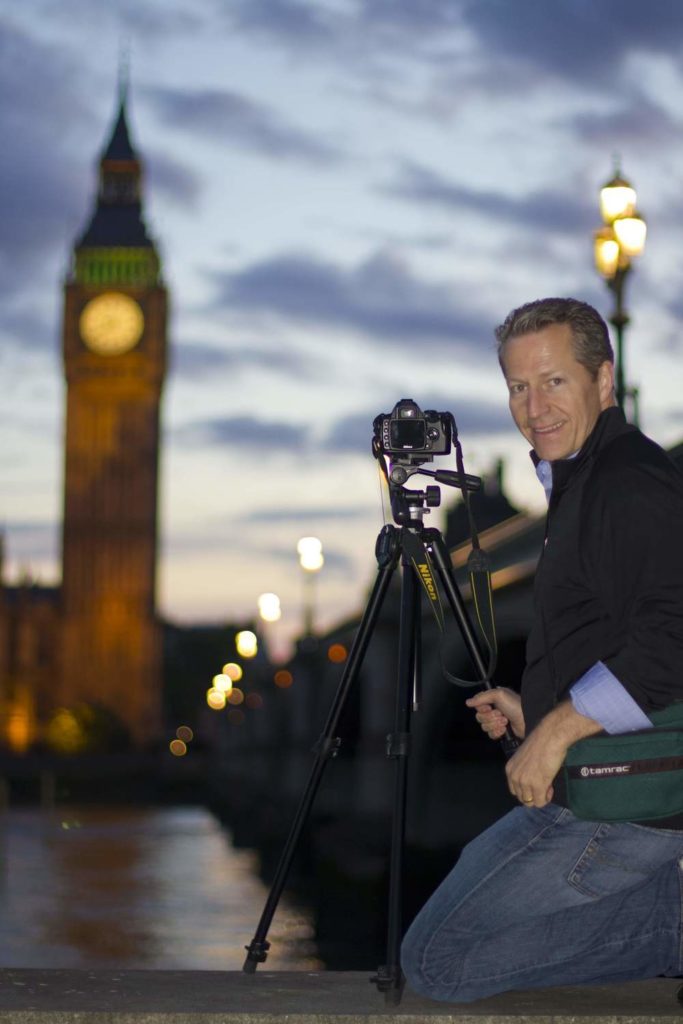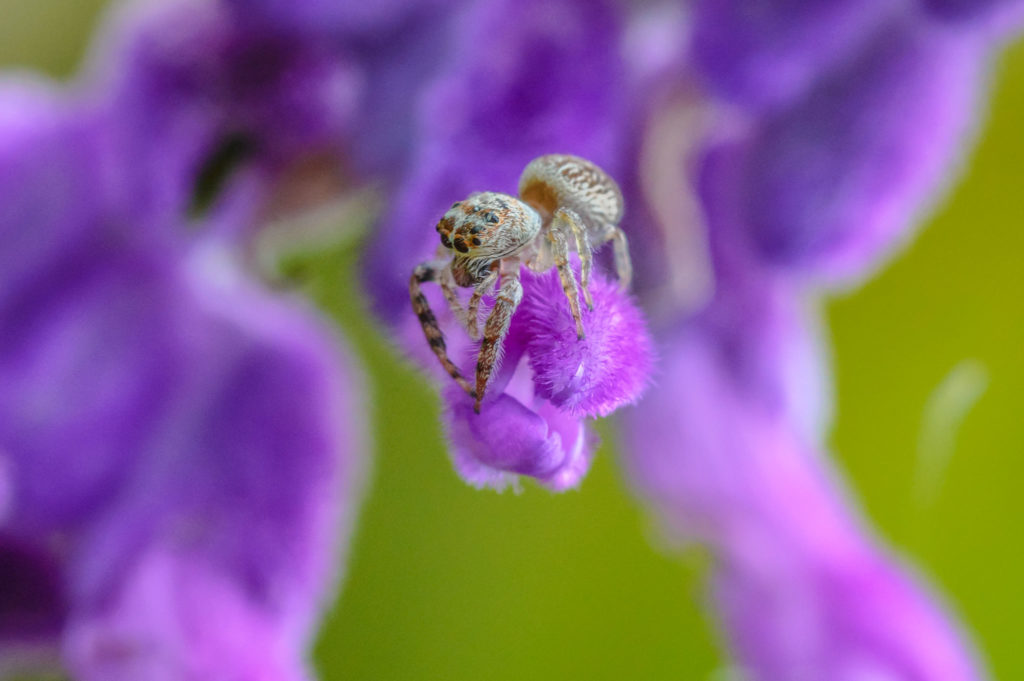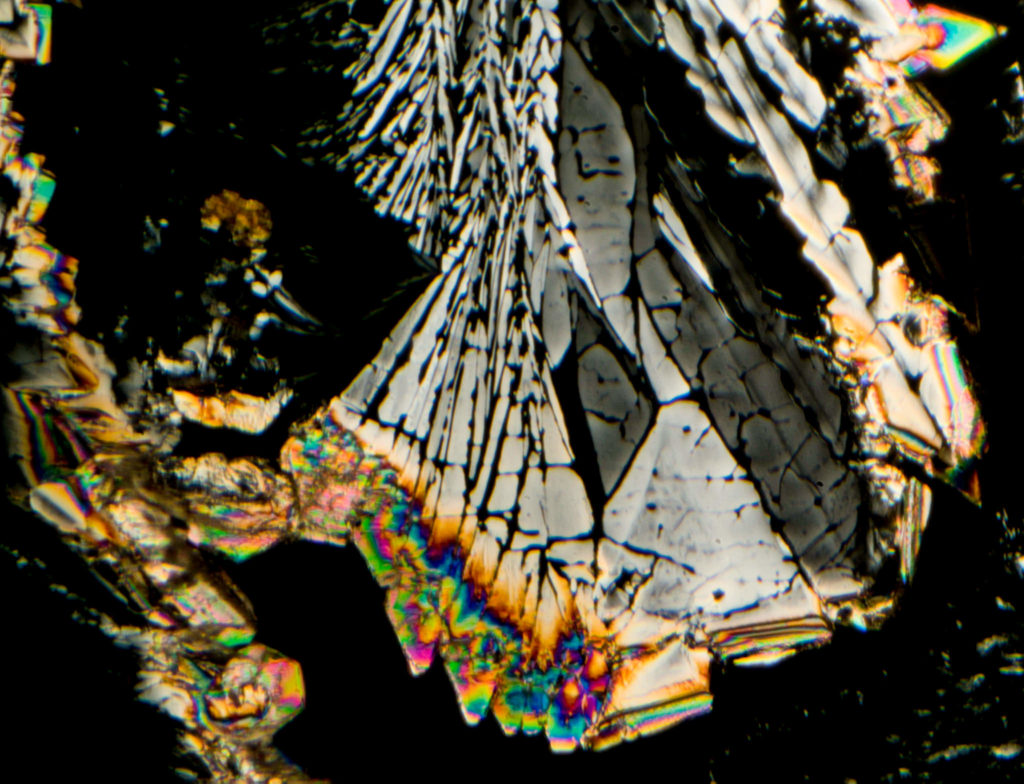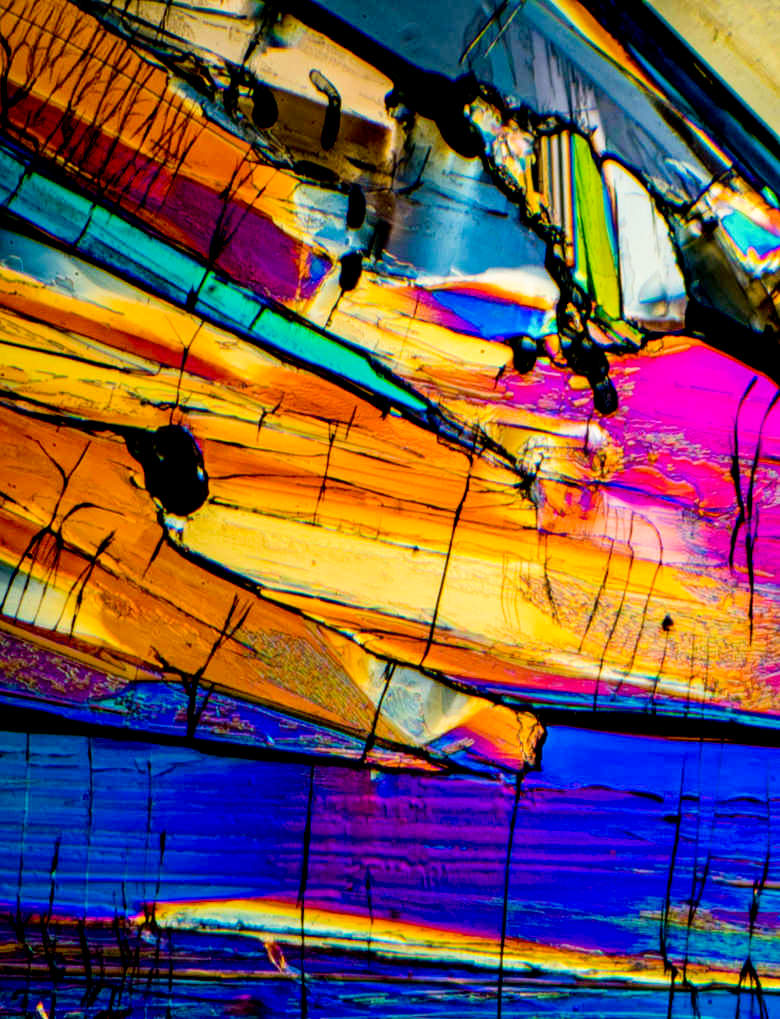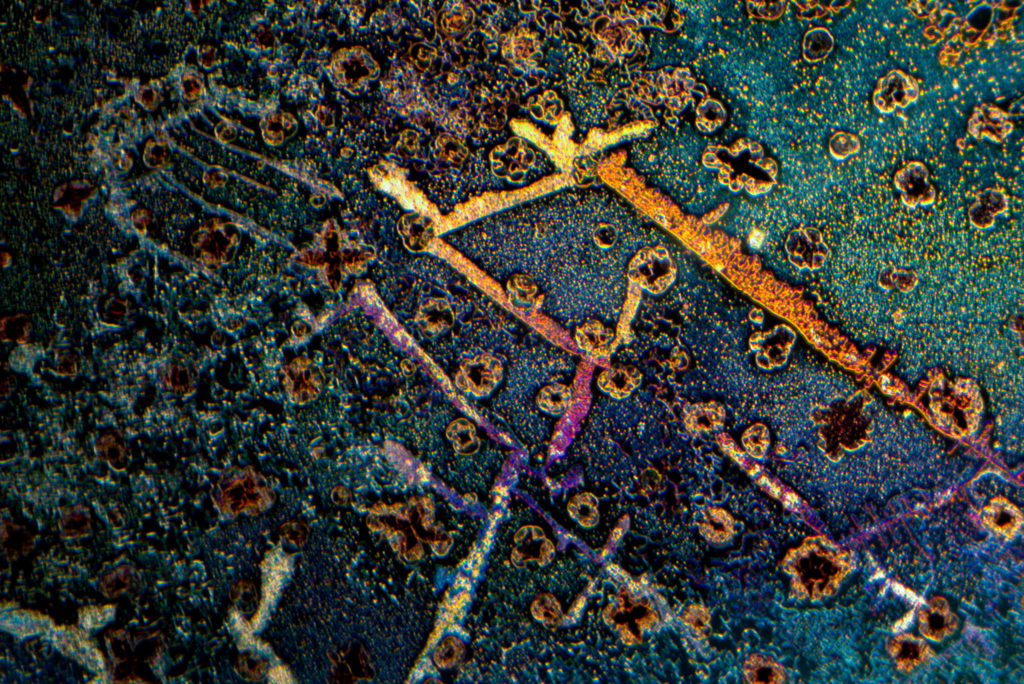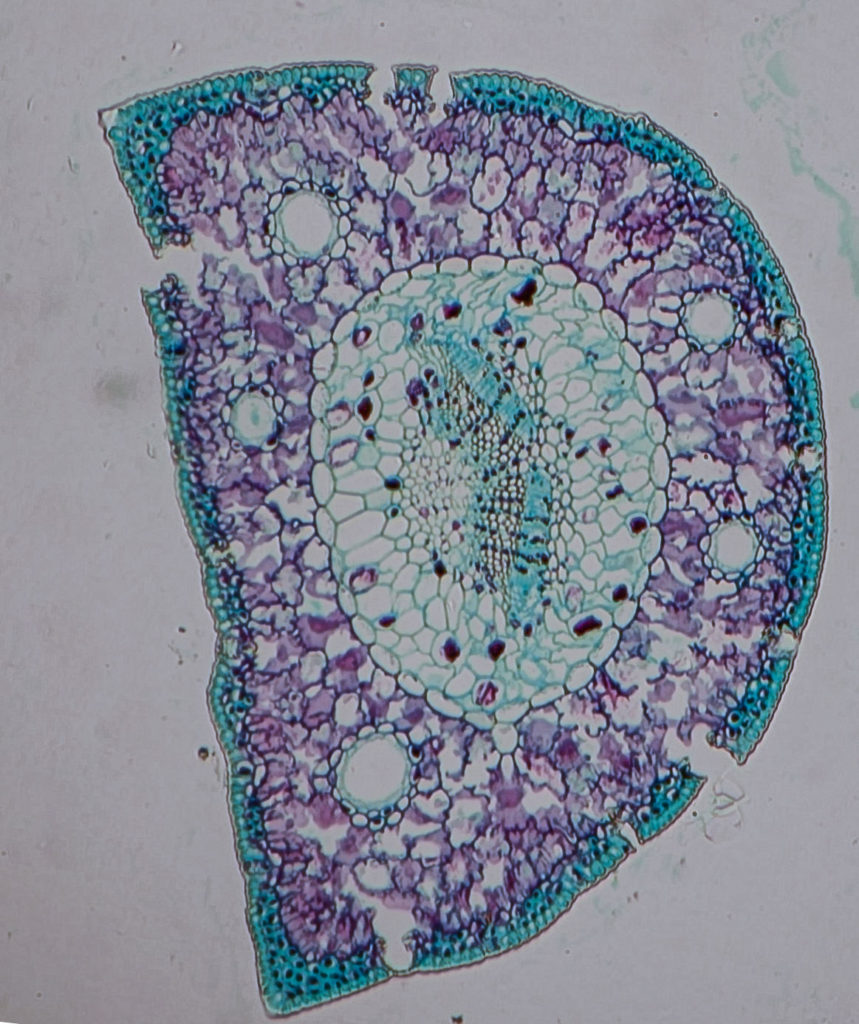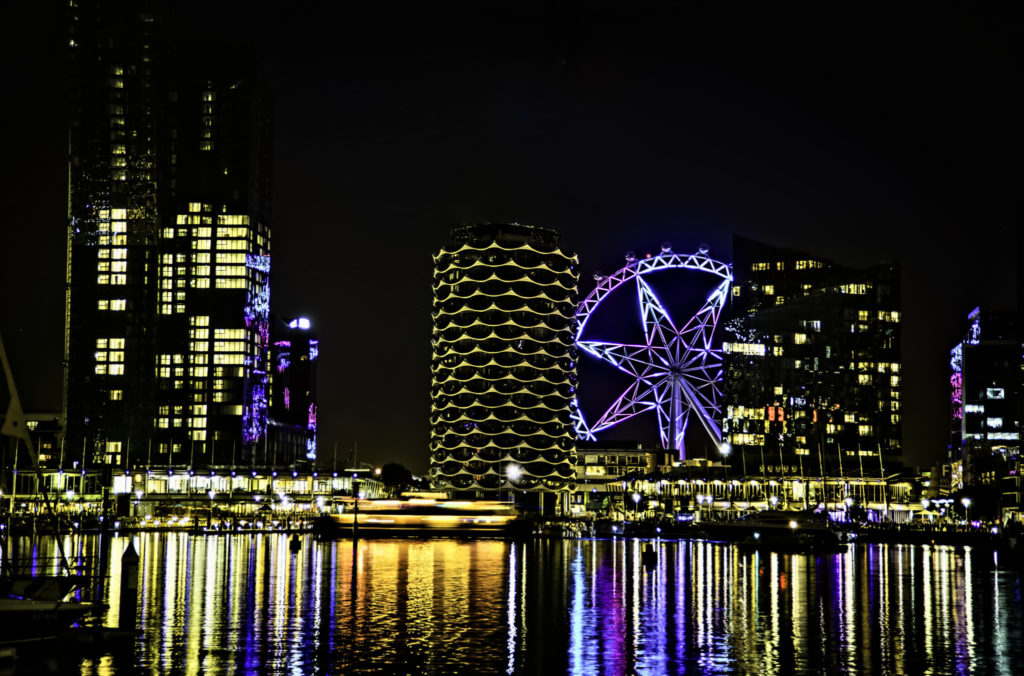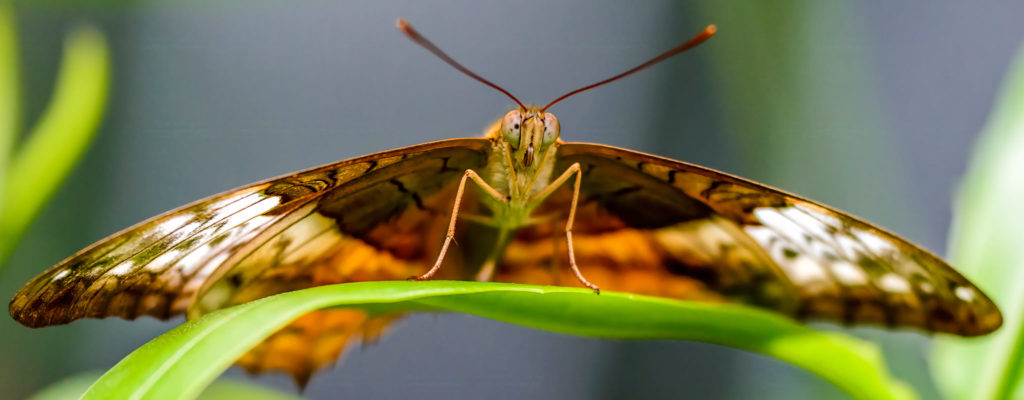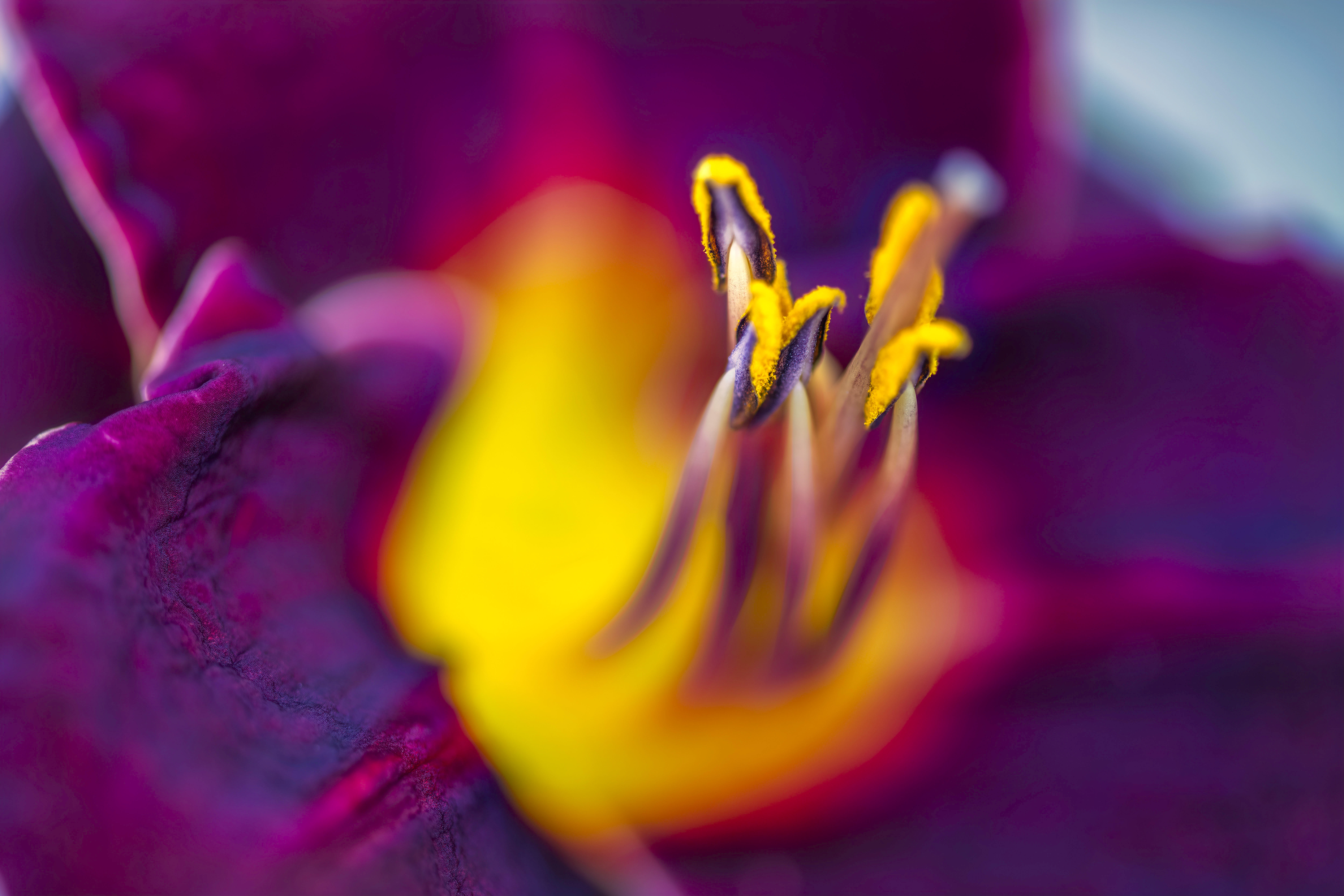
We recently selected photographer Joanne Klausner’s image to be featured on the launch screen of Studio 2. We wanted to learn more about the artist behind the image. Read on for an interview with Joanne Klausner.
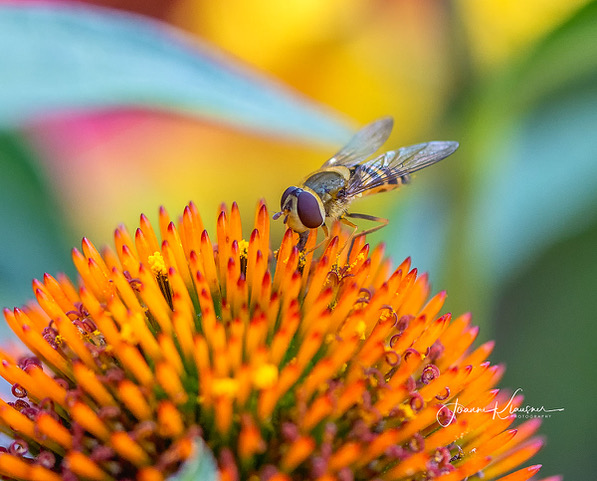
Tell us about your background. How did you get into photography?
Photography was something that was introduced to me at a very young age. I grew up watching both my father and brothers develop their own black and white photographs they took, and later on, my father dabbled in developing his own color prints. I always found it fascinating watching my father put a piece of paper into some liquid (developer) and it slowly started to show an image.
I also remember thinking we would all die when my father would slam on his brakes on a highway and pull over to the side of the road to get a shot! I grew up in Montreal, Canada and we had beautiful mountains that, in the fall, turned into an absolutely beautiful painting. Caught at the perfect time (height of color) if I didn’t see it with my own eyes, I wouldn’t believe the colors could be real.
I always enjoyed taking photos, always had some kind of point and shoot but I didn’t really have any desire to do anything with them. Fast forward many years, moved to Edmonton Alberta, Canada, kids grew up, moved out and we finally started to travel. We love to cruise and I just love being in a new port with new photo opportunities daily.
I was frustrated with my point and shoot as I couldn’t get close enough to anything and really wanted a zoom lens. My first DSLR was purchased about nine years ago with a zoom lens. I kept it in “auto”, so proud of the pictures I was getting—not when I look back at them now!
Fast-forward again to about four summers ago, I had my staff over for a BBQ at my house and I pulled out my camera and began to take photos. One of the girls started asking me questions about the camera and it came out that I was shooting in auto. She just looked at me and asked why I would have such an expensive piece of equipment and not use it to its potential. DARE ON!!! I am very competitive with myself and from that day forward I made it my mission to learn how to shoot in manual.
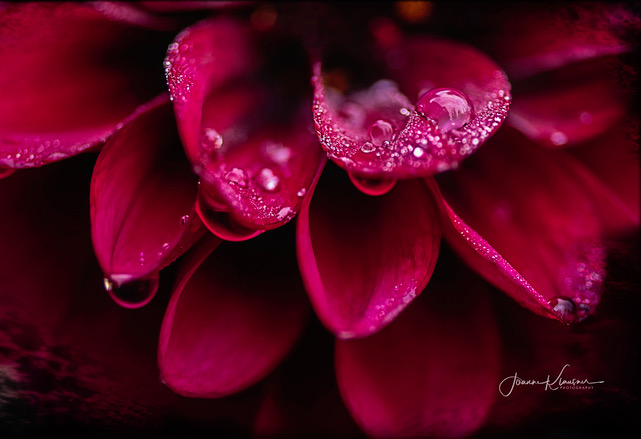
What is your favorite subject to shoot?
My favorite subject to shoot is anything in nature, but mostly flowers and birds.
Tell us about your photographic style and gear.
I try to capture anything that evokes emotion. If I see something and it moves me in any way, I am inspired to capture it.
I am a Nikon gal and over the past 4 years I have changed Camera bodies 3 times. I am now using the D850 and absolutely love it. The lens most often on my camera is the Nikon 28-300 mm. In my bag I also carry my Nikon 105mm, 50mm and my Sigma 14-24mm.
I use a combination of Adobe LR, PS and various Topaz products. I downloaded Topaz Studio 2 as soon as it came out and loved it right away. It is now an integral part of my workflow.
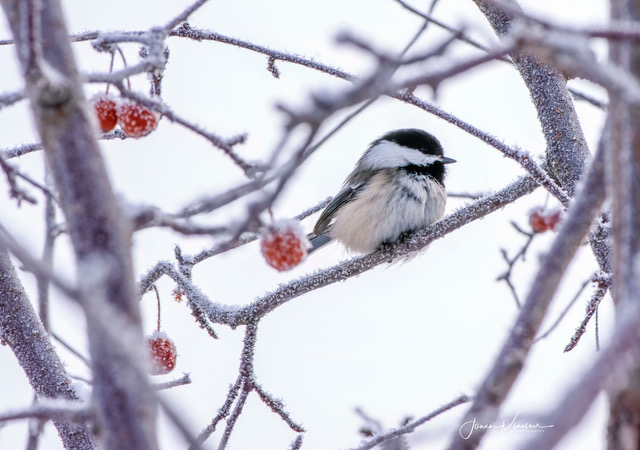
How does Topaz Labs software help your editing process?
I have been using Topaz products for probably the past 4 years, which is when I started to take my photography seriously. As I mentioned, Topaz Studio is always in my workflow. I will always use AI Clear and basic adjustment.
When I am doing my macro flower work, I love using a combo of Glow, Radiance and Smudge. If I really feel like getting creative, I will start diving into the textures! I recently downloaded the 30 day trial of Sharpen AI and am anxious to test drive it.
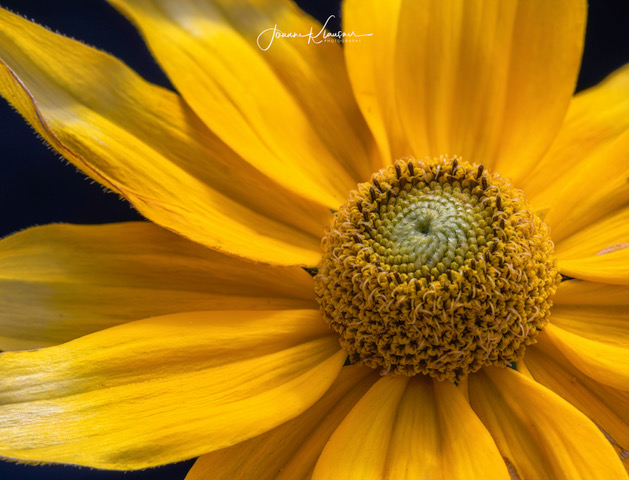
How do you find your inspiration?
It doesn’t take much to inspire me to pick up my camera. I find my job can be stressful at times, and there is nothing better for me to calm my nerves than to pick up my camera and go into my backyard in the summer. I have bird feeders all over so I can just sit quietly and wait for my subjects to show up. I also love to travel and my husband and I will pick destinations that will offer the best photographic opportunities.
Living in Canada with our long harsh winters I sometimes have to get creative. I very often will buy a single flower at the supermarket and come home and take shots until I find that special angle that is just a little different. I also have been dabbling in model train scale people set up with either fruit or vegetables to tell a story. I probably love Macro photography the best for its shallow debt of field.
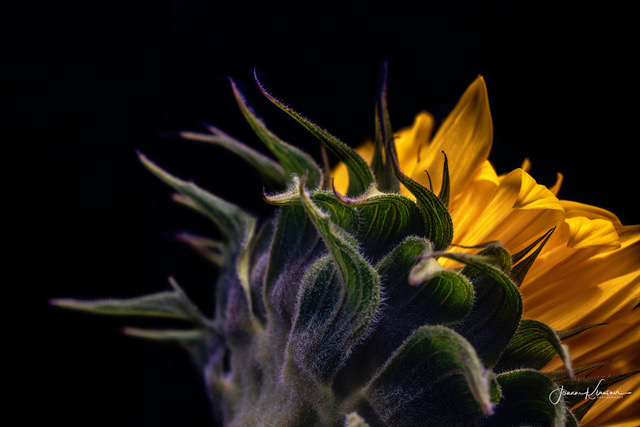
If you could only shoot with one lens, which would it be?
I would have to say my 28-300 as it is the most versatile and gives me a good range of wide angle to telephoto so I wouldn’t miss many shots.
What is your biggest challenge in photography?
In-studio lighting!!! One day when I am retired from my full-time job, I will master it. I am always growing and learning new things every day. When I compare my photos today from 5 years ago….well there is no comparison. I hope I say that again in another 5 years.
Do you have prints for sale?
All my prints that you find on my Instagram page or my Facebook Photography page are for sale. I also sell greeting cards a few times a year, and I am currently taking orders for my 2020 Calendar.
